Introduction
The young coconut, commonly referred to as “coconut water” or “coconut juice” in various parts of the world, is a refreshing and nutritious drink enjoyed by millions. Its clear, slightly sweet, and slightly acidic liquid is a natural source of electrolytes, vitamins, and minerals, making it an ideal choice for hydration, especially in tropical climates. However, accessing this delicious liquid can sometimes be a challenge, particularly for those unfamiliar with the unique structure of the young coconut. One of the key aspects of opening a young coconut is identifying and locating its three natural holes, through which the coconut water can be easily accessed. This article aims to provide a comprehensive guide on how to find and open these holes, ensuring that you can enjoy the fresh, natural taste of coconut water without any hassle.
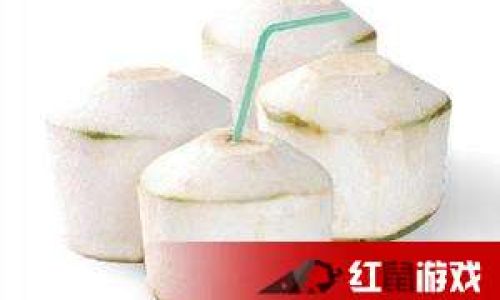
Understanding the Structure of a Young Coconut
Before diving into the specifics of finding the holes, it’s essential to understand the basic structure of a young coconut. Unlike mature coconuts, which have a hard, brown outer husk and a thick, fibrous layer (coir) protecting the inner shell, young coconuts have a smoother, greener exterior known as the “husk” or “exocarp.” This husk is relatively soft and can be easily peeled away to reveal the harder, yet still somewhat flexible, endocarp or inner shell.
Inside the endocarp, you’ll find the coconut water, surrounded by a soft, jelly-like flesh called the endosperm. This flesh is edible and often enjoyed along with the coconut water. The endocarp itself is composed of three distinct lobes, each separated by natural weaknesses or seams. These seams are crucial because they often correspond to the locations of the three natural holes found in young coconuts.
The Significance of the Three Holes
The three holes in a young coconut serve as natural openings through which the coconut develops and receives nutrients from the surrounding environment. These holes are typically small and covered by a thin, brown, fibrous membrane called the “operculum.” Once this membrane is removed, you can access the coconut water directly.
Identifying and locating these holes is essential for several reasons:
- Ease of Access: Finding the holes allows you to pierce the coconut shell with minimal effort, preventing damage to the inner flesh and ensuring that the coconut water remains clean and free from contaminants.
- Preservation of Flavor: Accessing the coconut water through the natural holes helps preserve its natural taste and freshness, as opposed to methods that may introduce foreign particles or alter its texture.
- Safety: Knowing where to pierce the coconut reduces the risk of injury, as you can avoid applying excessive force to areas that may crack or splinter unexpectedly.
How to Locate the Three Holes
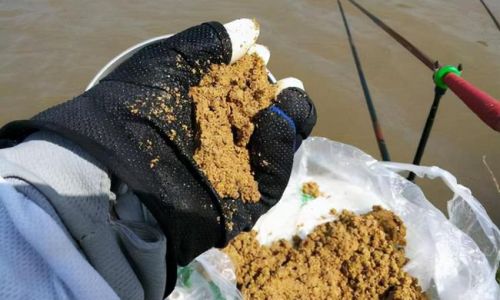
Now that we understand the importance of the holes and the structure of the young coconut, let’s delve into the steps to locate and open them.
Step 1: Preparation
Before starting, gather the necessary tools:
- A sharp knife or a coconut opener (a specialized tool designed for piercing coconut shells).
- A clean cloth or towel to protect your hands and workspace.
- A straw or a small, narrow container for collecting the coconut water.
Step 2: Examine the Coconut
Hold the coconut in your hands and rotate it slowly. Look for any visible marks, discolorations, or soft spots that might indicate the presence of a hole. While this method isn’t always reliable, it can give you a general idea of where to start looking.
Step 3: Identify the Seams
The most reliable way to locate the holes is by identifying the seams on the coconut’s surface. These seams run vertically along the coconut, dividing it into three distinct lobes. To find them:
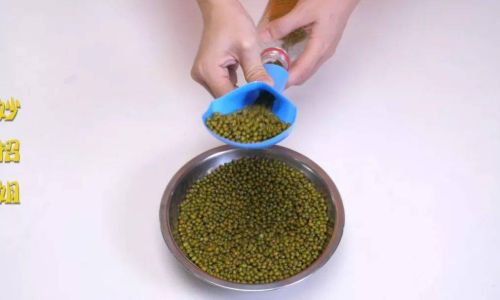
- Hold the coconut upright, with the base (the wider, flatter end) resting on a stable surface.
- Examine the coconut’s circumference, looking for slight indentations or raised lines that indicate the seams.
- Feel the coconut with your fingers, gently pressing along its surface. The seams will often feel slightly softer or more flexible than the surrounding shell.
Step 4: Mark the Holes
Once you’ve identified the seams, use your knife or coconut opener to gently tap along them. Listen for a hollow sound, which indicates that you’re close to a hole. Mark the approximate locations of the holes with a light scratch or a small dot using your knife.
Step 5: Pierce the Holes
With the holes marked, it’s time to pierce the shell. Hold the coconut firmly and, using your knife or coconut opener, apply gentle but firm pressure to pierce through the shell at each marked location. Be careful not to apply too much force, as this could crack the shell and potentially ruin the coconut.
As you pierce each hole, you may need to gently twist or wiggle the tool to break through the shell’s surface. Once you’ve pierced through, you should be able to see or feel the operculum covering the hole. Use the tip of your knife or a small, pointed object to carefully remove this membrane.
Step 6: Enjoy Your Coconut Water
With the holes open, you can now enjoy the fresh, natural taste of coconut water. Insert a straw into each hole and drink directly, or use a small container to collect the water for later use.

Conclusion
Locating and opening the three natural holes in a young coconut may seem like a daunting task, but with the right knowledge and tools, it becomes a straightforward and rewarding process. By understanding the coconut’s structure, identifying the seams, and carefully piercing the holes, you can access the refreshing coconut water without damaging the inner flesh or compromising its taste.
Remember, the key to success is patience and precision. Take your time to carefully examine and mark the holes, and use gentle, controlled movements when piercing the shell. With practice, you’ll soon be able to open a young coconut with confidence, enjoying the natural bounty of this tropical delight whenever you want.
So, the next time you’re in the mood for a refreshing drink, reach for a young coconut and follow these steps to unlock its delicious secrets. Happy sipping!


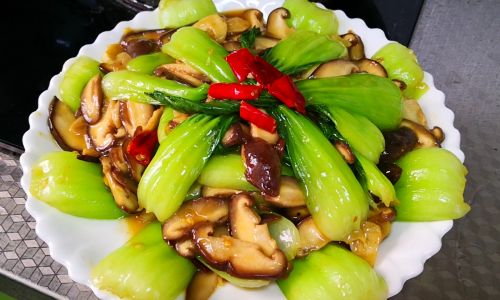
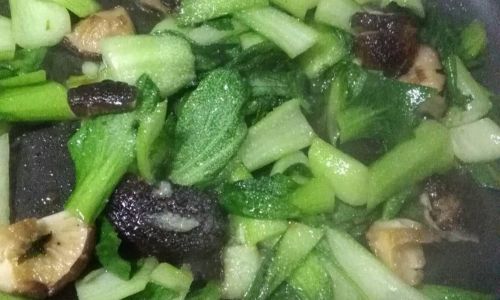

0 comments